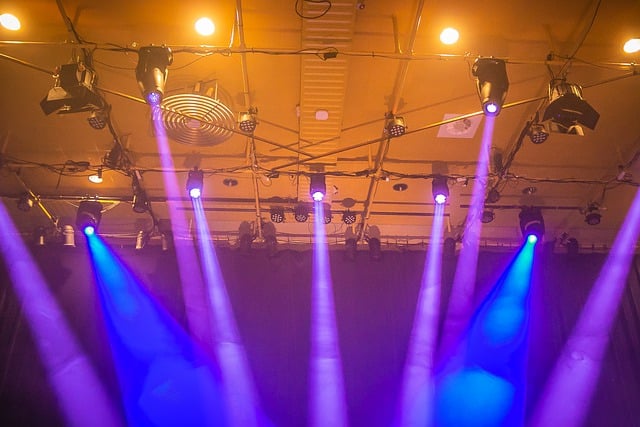
The scenography contributes to the scenic representation.
Scenography is the art of making stage decorations . The term, which has its origins in a Greek word, also allows us to name the set of decorations used in a scenic representation .
For example: "The best thing about this play is its scenery, which manages to create a gloomy and frightening atmosphere" , "My aunt was in charge of developing the scenery that is currently being used at the Teatro del Sol" , "A problem with the scenery forced the performance to be delayed, generating complaints from the public .
Components of the scenery
The set design is made up of those visual elements that are part of the staging, such as the set , accessories and lighting .
It is important to keep in mind that scenery does not only exist in the theater : film and television also have scenery. This can be seen even in non-fiction TV programs, such as a newscast or a talk show .
Historical evolution
The origins of scenography date back to the theater of Ancient Greece . But the Greeks, whose civilization has considerably influenced fields as diverse as language, politics, education and the arts, went one step further: they developed an artifact called a periact , which was capable of alternating decorations according to the needs of each person. scene.
For years, the most common method of changing or hiding scenery was the deployment of a backdrop . Currently, however, panels and walls are very common.

The lighting is part of the scenery.
The importance of scenery
The scenography of a play plays a very important role, even for those who say they focus their attention exclusively on the actors and musicians (depending on the type of performance). The secret is not found in the abundance, nor in the attention to detail or quality of the materials, but in the validity that each element seems to have within the context of the dramatization .
It is important to note that theater students usually prepare intensively to be able to represent an entire play without scenery, without props ; Good actors can make their audience believe that there are doors, furniture and windows where there are none. This is essential when facing a professional life in the world of performing arts, but not only to face low budgets, but to know how to take advantage of the symbols that are hidden behind each object, to manipulate them according to the needs of every moment.
The case of Aida
In the case of opera , many highlight the scenery of certain productions of Aida (by Verdi). It is one of the most popular operas in history, and its plot takes place in Ancient Egypt, which requires a colossal effort on the part of the set designers to reconstruct the immensity and mysticism of its palaces, pyramids and temples. Few theaters have the technical resources to do justice to this masterpiece of Italian music; When the necessary elements are combined, it is a spectacle like no other.
Some of the greatest artists of all time have spent their early years behind the scenes, while their parents made a living on the stage, and often the memory of a dazzling set is partly responsible for the awakening of a vocation . Such was the case of the celebrated Italian mezzo-soprano Cecilia Bartoli, who as a child waited with her two brothers behind the scenes, hearing unforgettable chords and penetrating voices, secretly observing wonderful and impetuous worlds like Aida's.
The concept of scenography, on the other hand, can be used to name the perspective delineation of an object (where all the surfaces that can be observed from a certain point are represented) and the set of circumstances surrounding an event .
